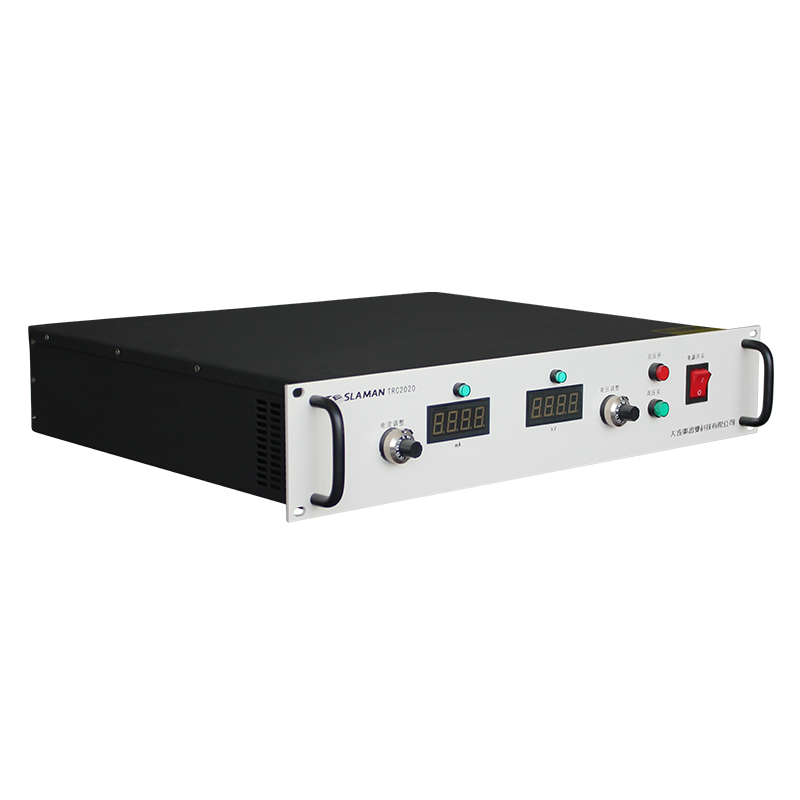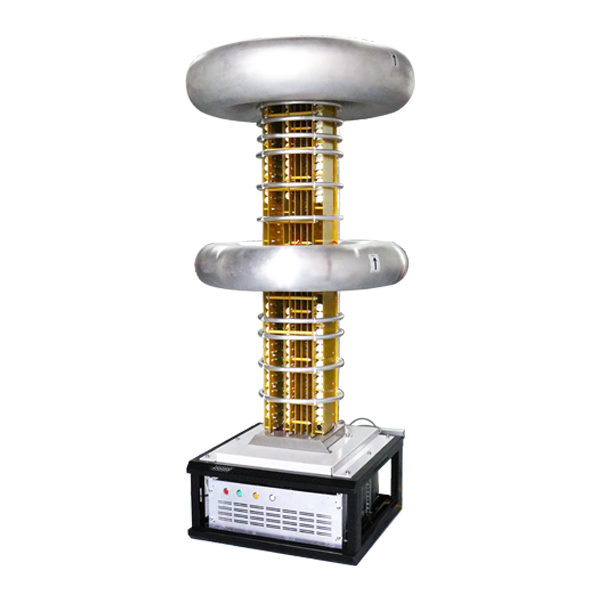Application and Effects of High-Voltage Direct Current Power Supply in Power Grid Stability Control
With the continuous development of power systems and the ever-increasing national demand for energy, the issue of power grid stability has become increasingly prominent. In order to improve the stability of the power grid and ensure the safe and reliable operation of the power system, high-voltage direct current (HVDC) power supply, as an advanced power transmission technology, is playing an increasingly important role in power grid stability control. This article will elaborate in detail on the principles, applications, and effects of HVDC power supply.
I. Principles of High-Voltage Direct Current Power Supply
The high-voltage direct current power supply converts alternating current (AC) into direct current (DC) through a rectifier and then converts the DC back into adjustable AC through an inverter. Its main characteristics include high output voltage, large current, good stability, and convenient adjustment. HVDC power supplies are mainly used in long-distance bulk power transmission, power system stability control, and new energy access.
II. Application of High-Voltage Direct Current Power Supply in Power Grid Stability Control
1. Long-distance Bulk Power Transmission
In the process of long-distance power transmission, HVDC power supply can effectively reduce line losses and improve transmission efficiency. Since DC transmission lines do not have capacitive and inductive effects, they can avoid synchronization issues and frequency stability problems found in AC transmission, thereby improving the stability of the power grid.
2. Power System Stability Control
The HVDC power supply can serve as a power system stability controller, achieving stable control of the power system through rapid control of the DC transmission system. For example, when a fault occurs in the power system, the HVDC power supply can quickly adjust the transmission power to reduce the impact of the fault on the system and improve the transient stability of the system.
3. New Energy Access
With the large-scale integration of new energy sources, the stability of the power grid has been greatly affected. The HVDC power supply can serve as a bridge for new energy sources to access the power grid, achieving smooth access and stable output of new energy through rectification and inversion technologies. This not only improves the utilization rate of new energy but also reduces the impact of new energy access on power grid stability.
III. Effects of High-Voltage Direct Current Power Supply in Power Grid Stability Control
1. Improve Power Grid Transmission Capacity
The application of HVDC power supply can significantly enhance the transmission capacity of the power grid, reduce transmission losses, and improve the economic benefits of the power system.
2. Enhance Power Grid Stability
The rapid control characteristics of HVDC power supply can improve the transient stability of the power system, reduce the impact of faults on the system, and ensure the safe and stable operation of the power system.
3. Promote New Energy Development
The HVDC power supply provides an effective way for new energy sources to access the power grid, which is conducive to the large-scale development and utilization of new energy sources, promoting the optimization of energy structure and green development.
4. Improve Power Supply Reliability
The application of HVDC power supply can reduce the probability of power grid failures and improve power supply reliability, providing users with higher quality power services.
In conclusion, the high-voltage direct current power supply has broad application prospects and significant effects in power grid stability control. With the continuous advancement of technology and the continuous development of the power market, HVDC power supply will play an even more important role in power grid stability control, providing strong guarantees for the safe, stable, and efficient operation of the power system.




















